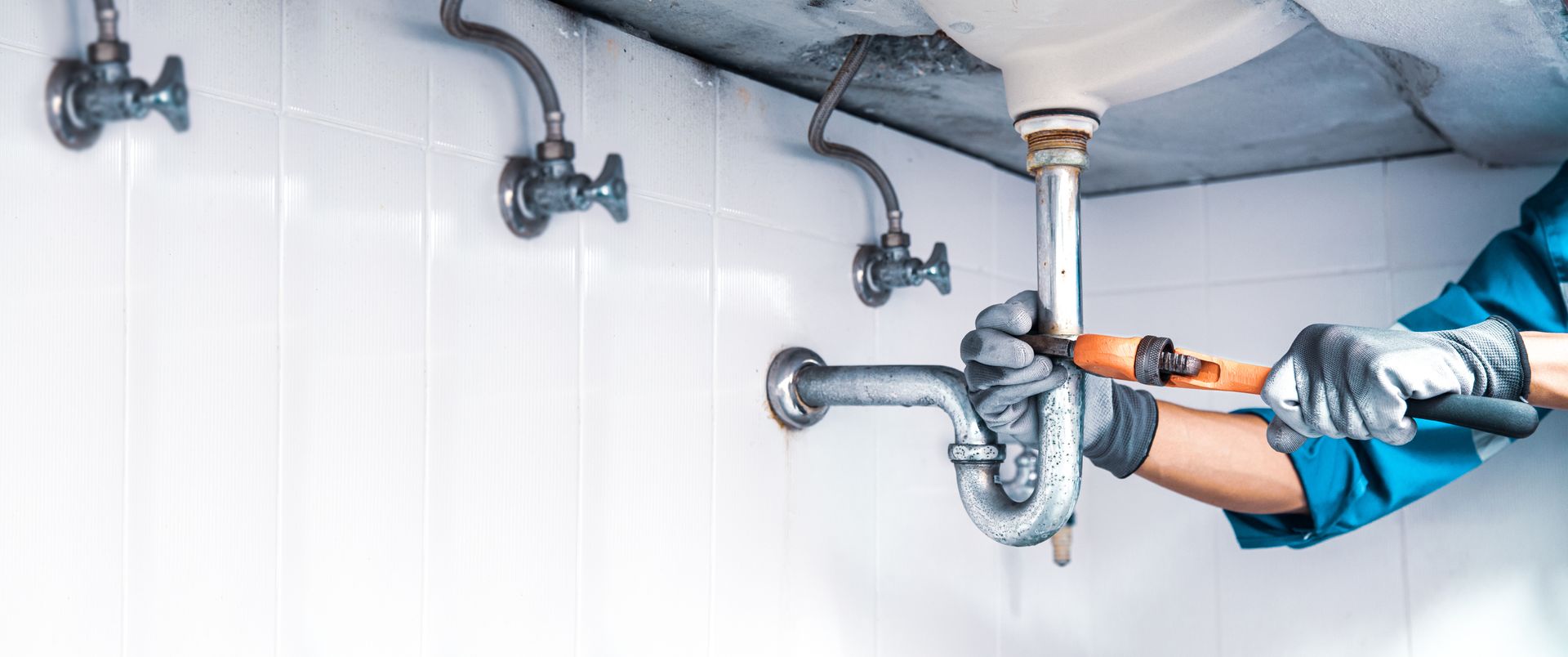Contact Us
Send Message
Ipad Contact Form
We will get back to you as soon as possible
Please try again later

The Importance of Regular Commercial Storm Drain Cleaning for Businesses
Maintaining clean storm drains is an essential aspect of managing any commercial property, yet it's often overlooked until significant problems arise. Neglecting storm drains can cause flooding, property damage, and regulatory fines, making regular cleaning crucial. Storm drains play a critical role in managing excess water runoff, preventing flooding, reducing erosion, and protecting water quality by directing rainwater away from building foundations and parking lots. However, when neglected, they can clog with debris, impacting the safety, appearance, and financial health of a business.
Benefits of Regular Storm Drain Cleaning
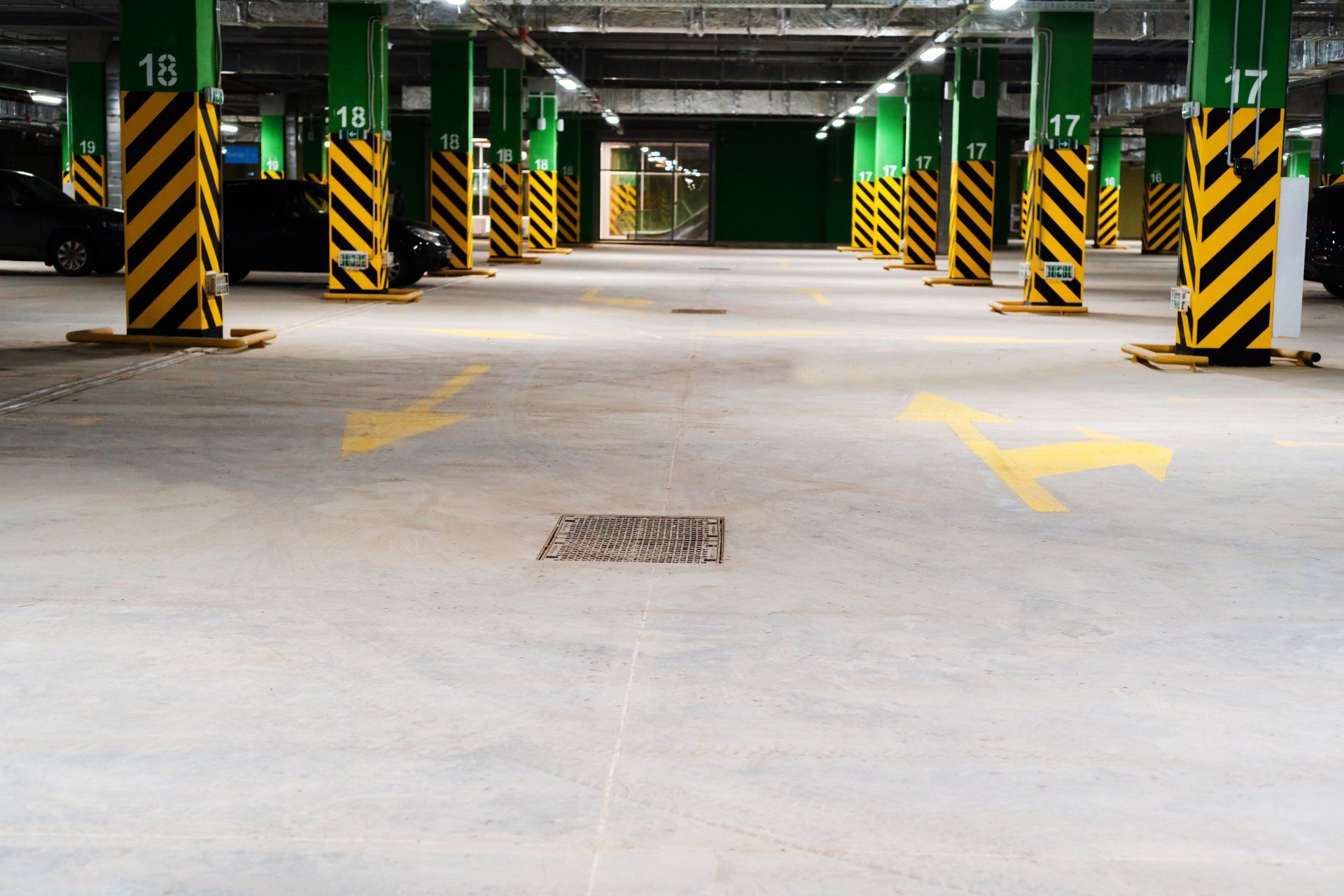
Regular storm drain cleaning offers multiple benefits that extend beyond mere water management. Here are some key advantages:
Preventing Flooding
One of the primary benefits of regular storm drain cleaning is the prevention of flooding. Blocked storm drains can cause water to back up during heavy rains, leading to flooding in parking lots, basements, and even inside buildings. Regular cleaning ensures that water flows freely, significantly reducing the risk of flood damage.
Avoiding Costly Repairs
Ignoring storm drain maintenance can result in severe water damage to your property, requiring costly repairs. Over time, standing water can weaken foundations, damage landscaping, and deteriorate asphalt and concrete surfaces. By scheduling regular cleanings, you can prevent these issues and save money in the long run.
Ensuring Compliance
Many municipalities have regulations regarding stormwater management. Neglected storm drains can lead to violations and fines. Regular cleaning ensures that your property remains compliant with local regulations, helping you avoid legal headaches and potential penalties.
Improving Aesthetic Appeal
A well-maintained property is more attractive to tenants, customers, and visitors. Regular storm drain cleaning helps keep your property looking clean and well-kept. Overflowing or blocked drains can be unsightly and create a negative impression of your business.
Signs Your Storm Drains Need Cleaning
Knowing the signs that indicate your storm drains need cleaning can help you address issues before they escalate:
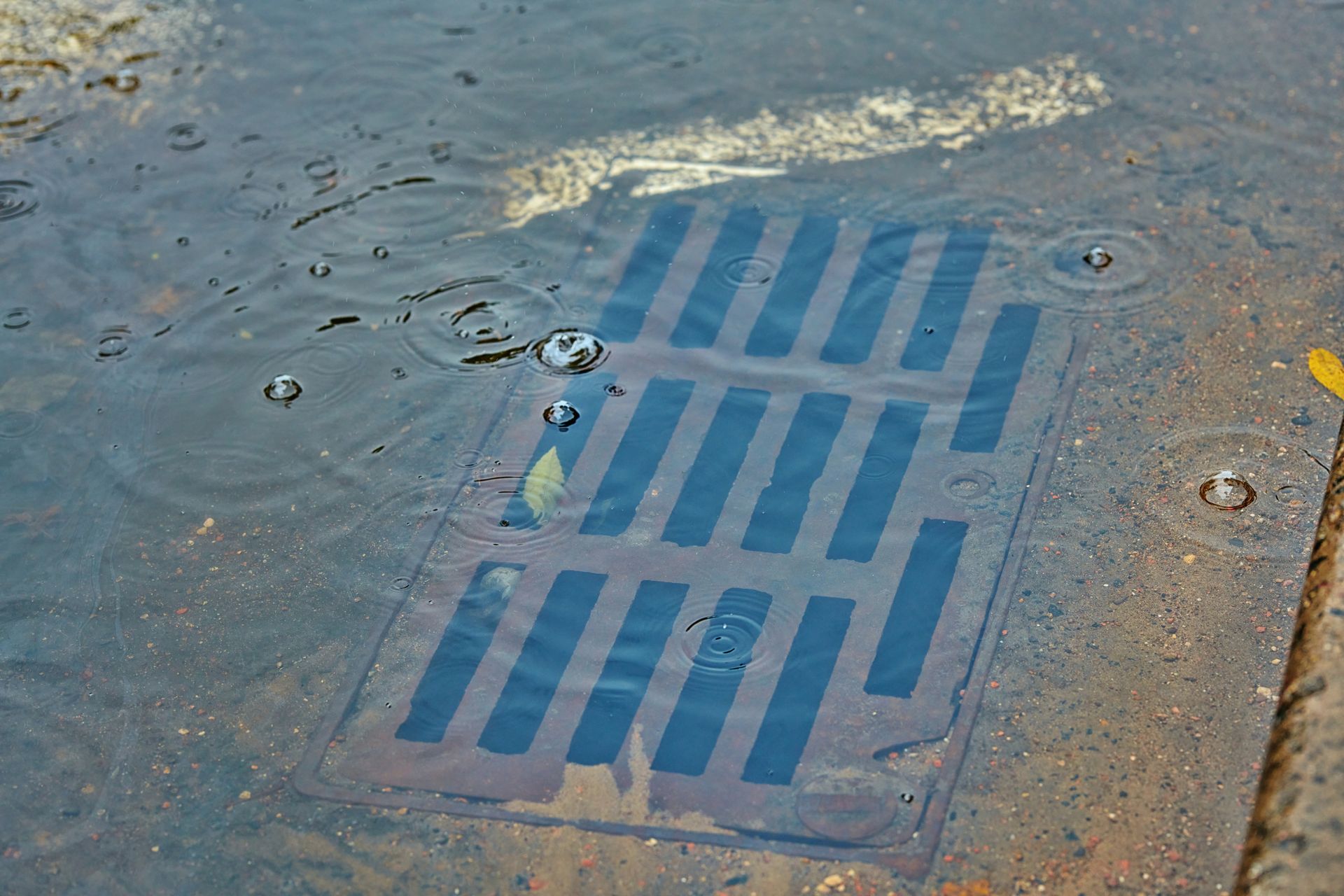
Slow Drainage
If you notice that water is draining slowly from your parking lot, walkways, or other outdoor areas after a rainfall, it could be a sign that your storm drains are clogged. Slow drainage typically indicates that debris, sediment, or even trash is obstructing the flow of water, preventing it from draining effectively. Addressing slow drainage early can help prevent more severe issues, such as flooding and water damage, ensuring that your property remains safe and operational during heavy rains. Regular inspection and timely cleaning can keep your storm drains functioning properly and avoid potential disruptions to your business.
Unpleasant Odors
Foul smells emanating from storm drains can be a clear indication that they need cleaning. These odors often result from the buildup of organic matter, such as leaves, trash, and other debris, which can decompose and produce unpleasant scents. In some cases, stagnant water trapped in clogged drains can also contribute to the smell. Addressing these odors promptly by cleaning the storm drains can improve the overall environment around your commercial property and prevent the smell from affecting customers and employees.
Visible Debris
Another evident sign that your storm drains need cleaning is visible debris around the drain grates. Twigs, leaves, trash, and other materials accumulating around or inside the drain can obstruct water flow and lead to clogs. Regularly inspecting these areas and removing debris can help maintain the efficiency of your drainage system and prevent potential blockages. If you frequently notice a buildup of debris, it may be wise to schedule more frequent cleanings to keep your storm drains clear and functional.
Pooling Water
If you observe water pooling around your property after rainfall, it could indicate that your storm drains are not functioning correctly. Pooling water, especially if it lingers, can signal that the drains are clogged or unable to handle the volume of water. This issue not only creates hazards such as slippery surfaces but can also contribute to long-term water damage to your property. Ensuring your storm drains are cleaned regularly can mitigate these risks and help maintain a safe environment for everyone accessing your property.
The Process of Storm Drain Cleaning
Professional storm drain cleaning typically involves several steps to ensure a thorough job:
Initial Inspection:
The initial inspection begins with a comprehensive assessment of the storm drainage system. Professionals will use various tools and techniques, such as cameras or manual inspections, to evaluate the condition of the drains and identify any blockages or structural issues. This step is crucial as it allows the cleaning team to understand the extent of the problem and determine the most effective approach to address it. By conducting a thorough initial inspection, they can develop a targeted cleaning plan that ensures all areas of concern are adequately dealt with, preventing future issues and maintaining the overall health of the drainage system.
Removal of Debris:
The next step in the storm drain cleaning process involves the removal of debris. This step is executed using specialized equipment, such as vacuum trucks or high-pressure water jets, to effectively clear obstructions. The debris, which often includes leaves, trash, and sediment, is suctioned out or flushed away, ensuring that the storm drains are clear and functional. This meticulous removal process is essential for maintaining the efficiency of the drainage system, preventing blockages, and reducing the risk of flooding during heavy rains.
Flushing the System:
Once the cleaning process has been completed, a final inspection is conducted to ensure that the storm drain system is free of obstructions and functioning properly. This inspection typically involves the use of video cameras or other diagnostic tools to check for any remaining debris or unaddressed issues. The final inspection is crucial for confirming that the cleaning was thorough and that the storm drains are in optimal condition. Regular final inspections as part of the storm drain maintenance routine help ensure ongoing efficiency and prevent unexpected problems.
Why Hire Professional Plumbers for Storm Drain Cleaning
While some businesses may consider handling storm drain cleaning in-house, hiring professional plumbers offers distinct advantages, so when looking for commercial plumbers near me, you will want to consider:
Expertise and Experience
Professional plumbers have the expertise and experience needed to handle complex drainage systems. They can quickly identify and resolve issues that may not be apparent to untrained personnel.
Specialized Equipment
Commercial plumbers have access to advanced equipment designed for efficient and thorough storm drain cleaning. This ensures a more effective cleaning process compared to standard tools.
Safety Considerations
Cleaning storm drains can be hazardous, involving confined spaces, high pressure, and potentially harmful debris. Professional plumbers are trained to handle these risks safely, protecting both themselves and your property.
Protect You, Your Business, and the Environment
Regular maintenance of storm drains is essential for protecting your business, employees, customers, and the environment. By hiring professional plumbers to handle storm drain cleaning, you can mitigate risks associated with blocked drains and ensure a safe and healthy environment for all. So be sure to prioritize regular storm drain cleaning as part of your property's maintenance routine.
Contact Hurley Plumbing for Your Commercial Plumbing Needs
Ensure your commercial property remains in top condition with professional storm drain cleaning from Hurley Plumbing. Serving Springfield, MA, and the surrounding areas, including East Longmeadow and Chicopee, our expert team is equipped with the knowledge and tools necessary to maintain the efficiency and longevity of your drainage system. Don't wait until a small issue becomes a costly problem — call us today at (413) 737-5844 or schedule service online. Protect your business, employees, and the environment with reliable commercial plumbing services from Hurley Plumbing.
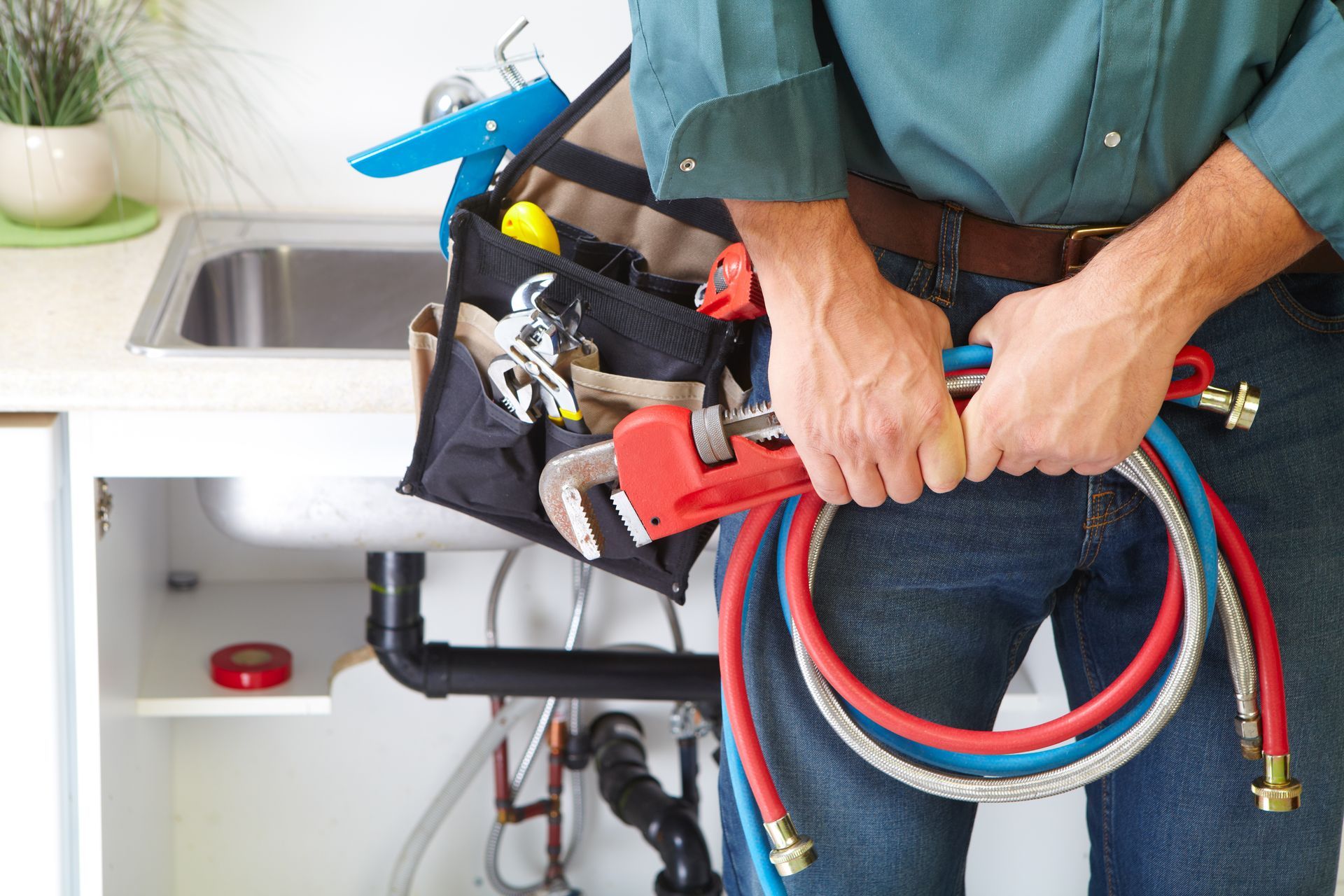
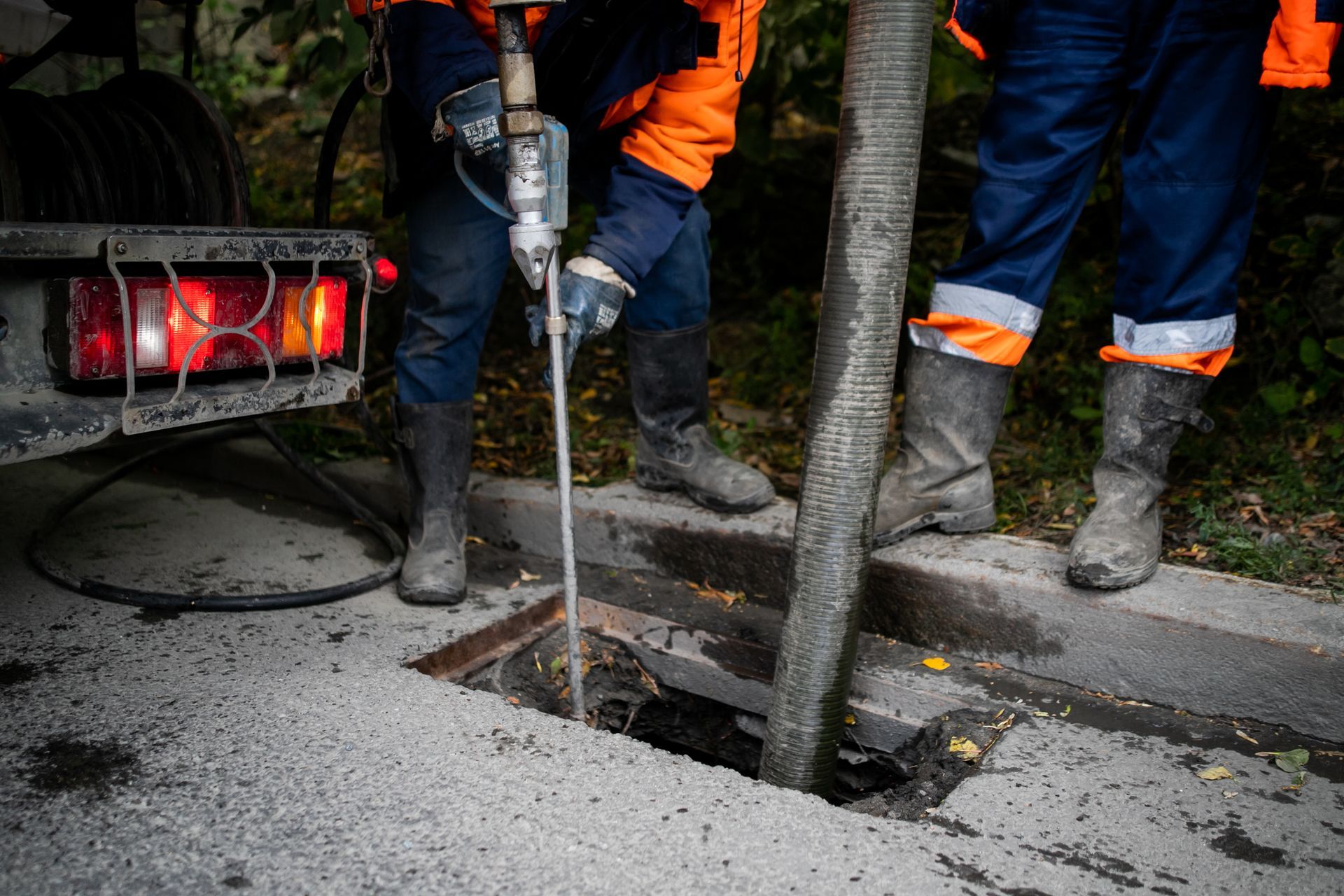
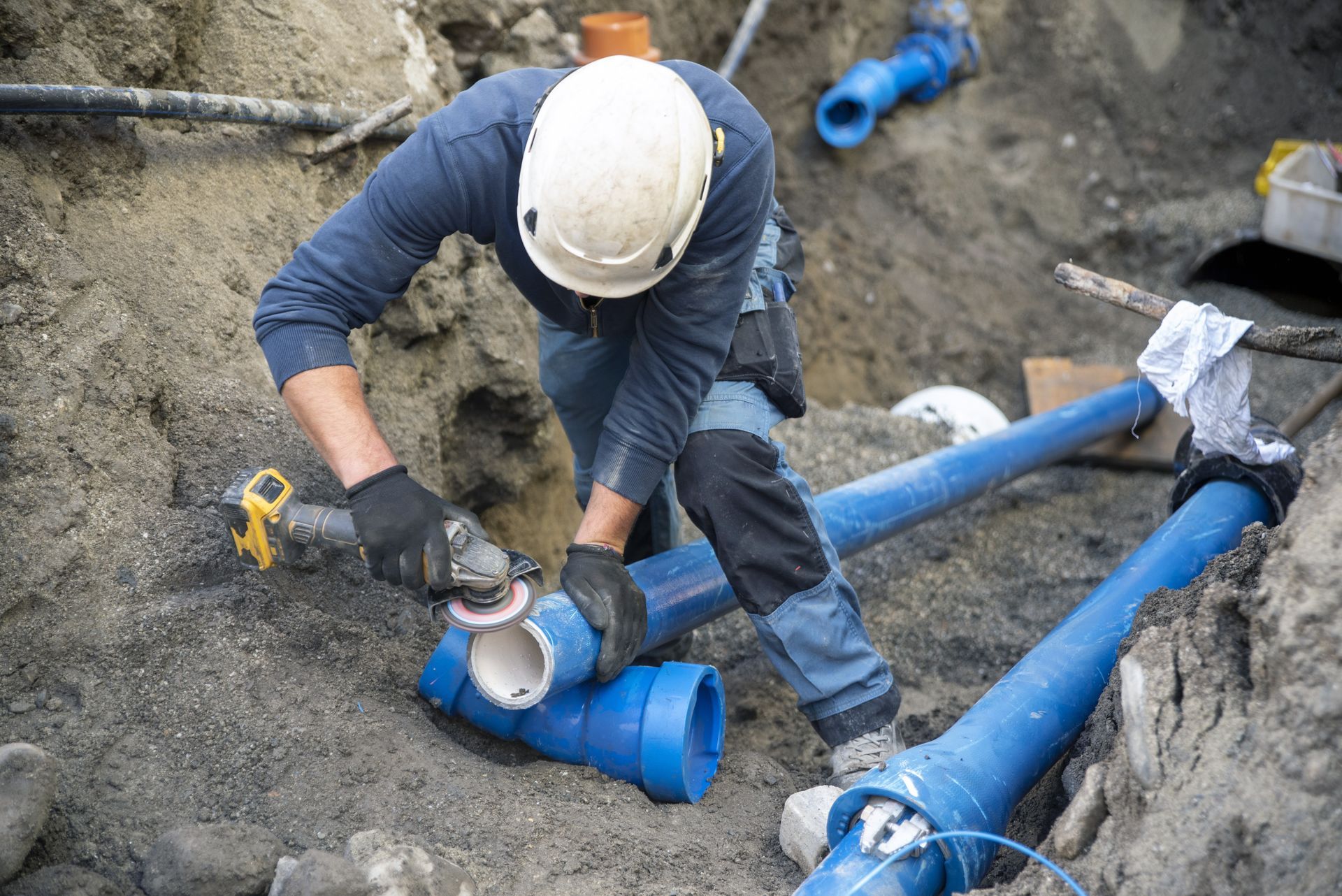

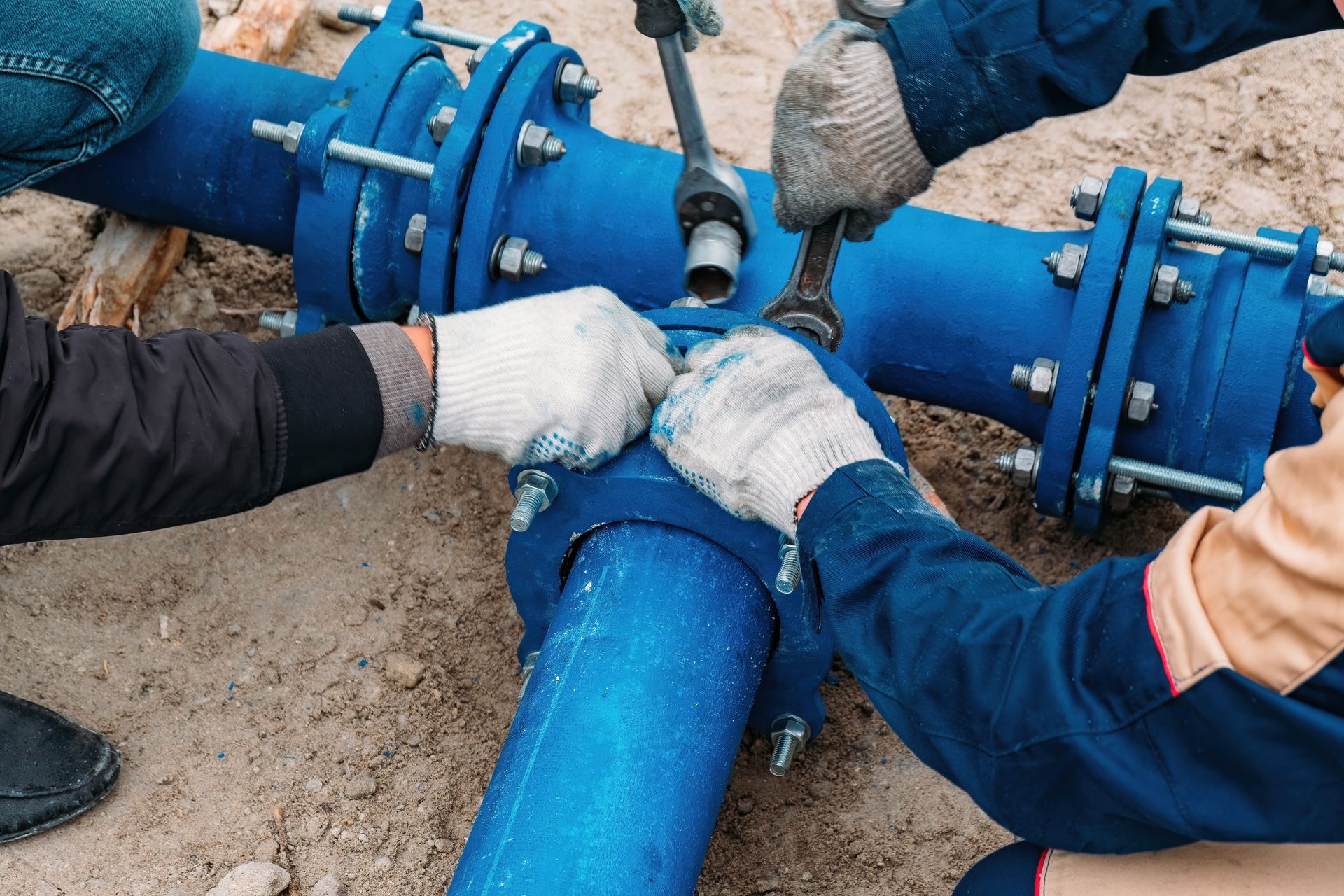
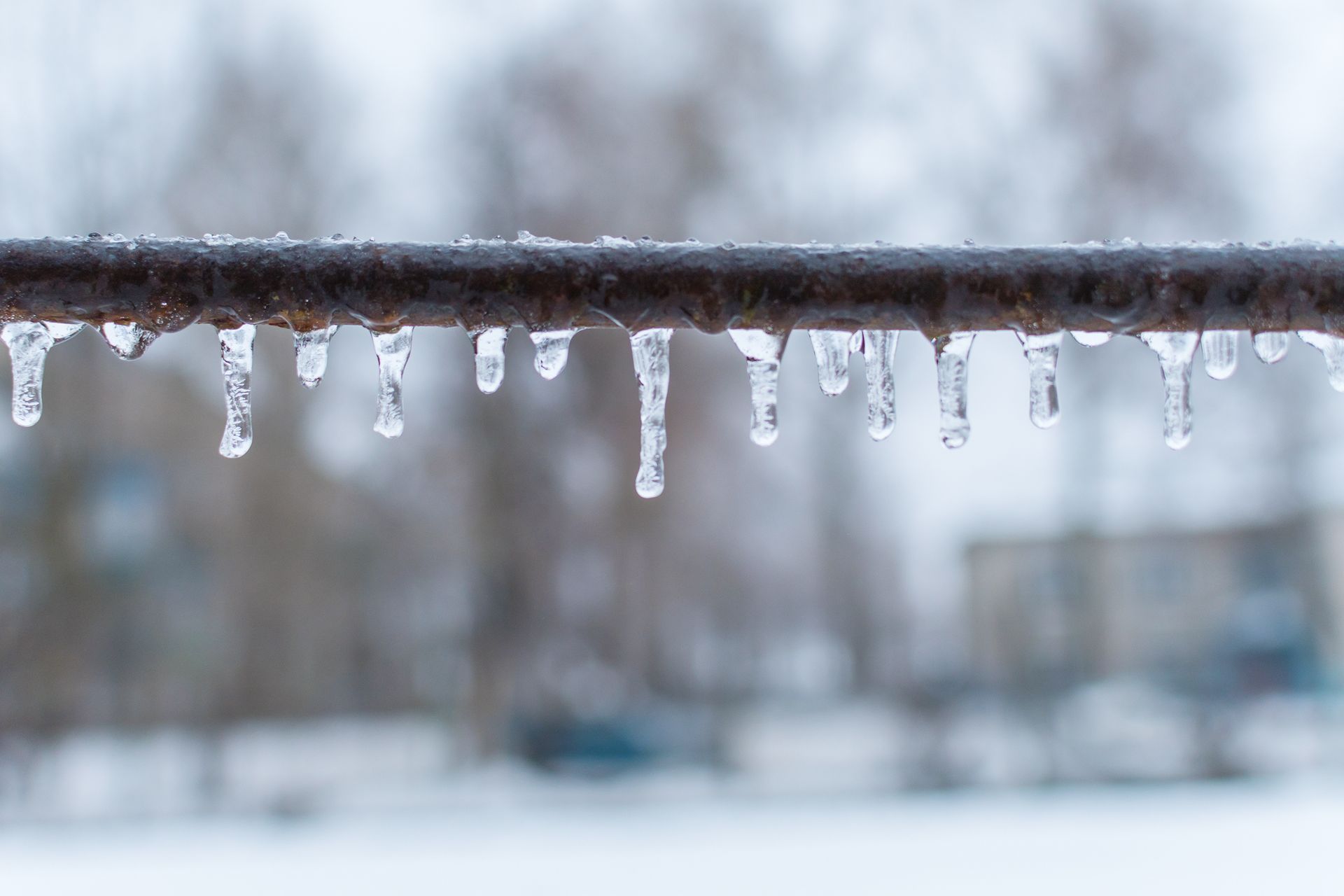
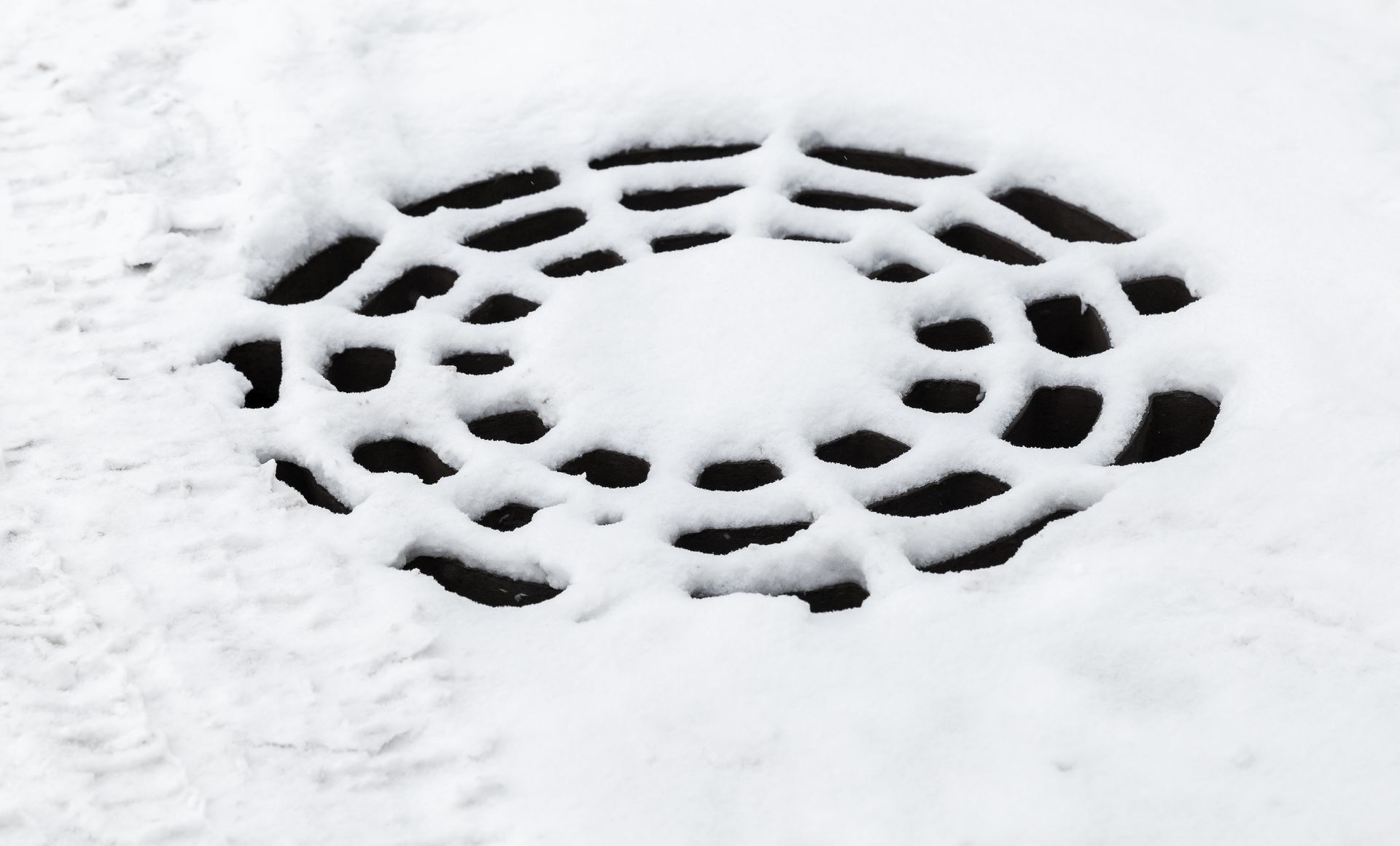
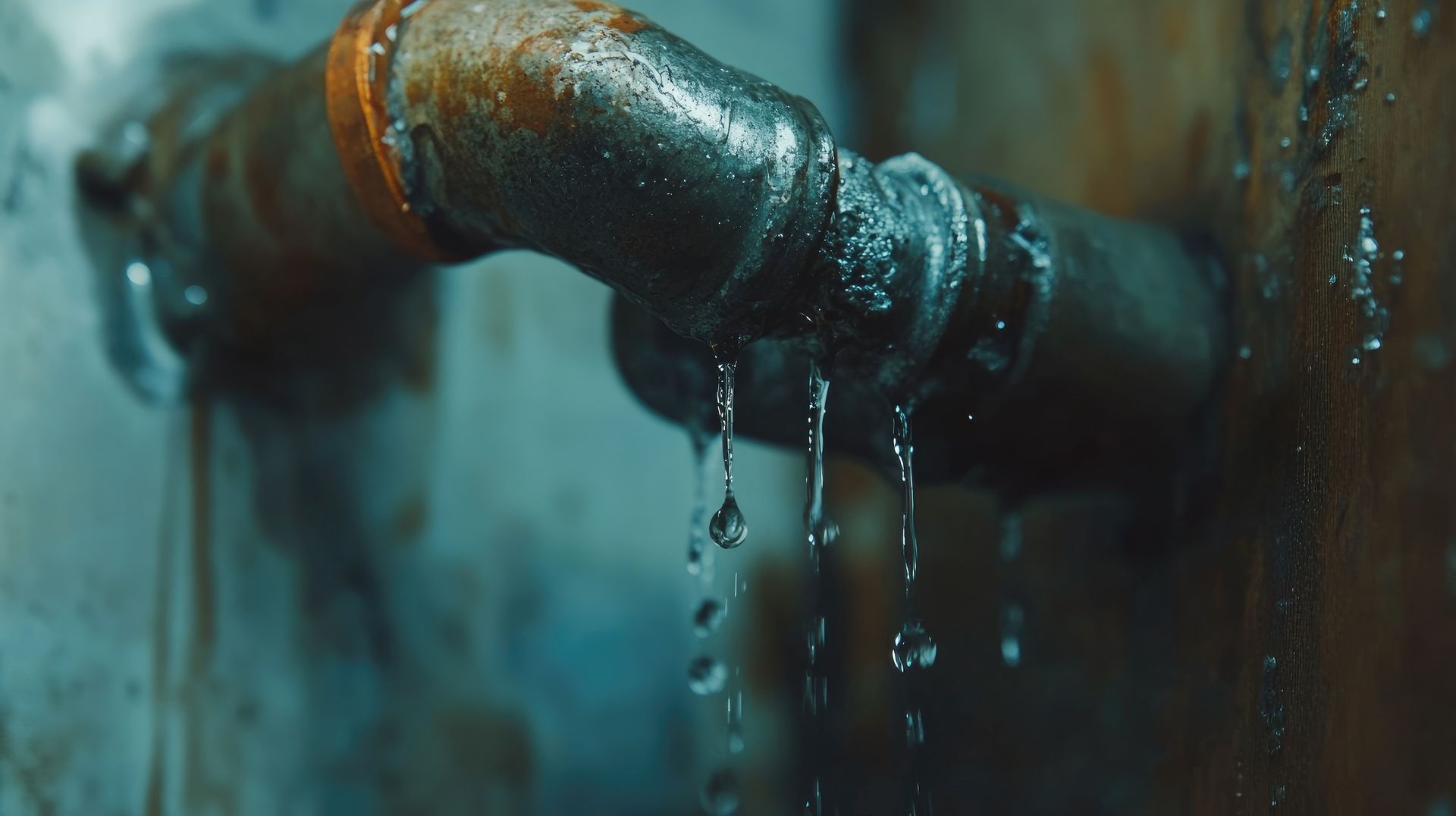
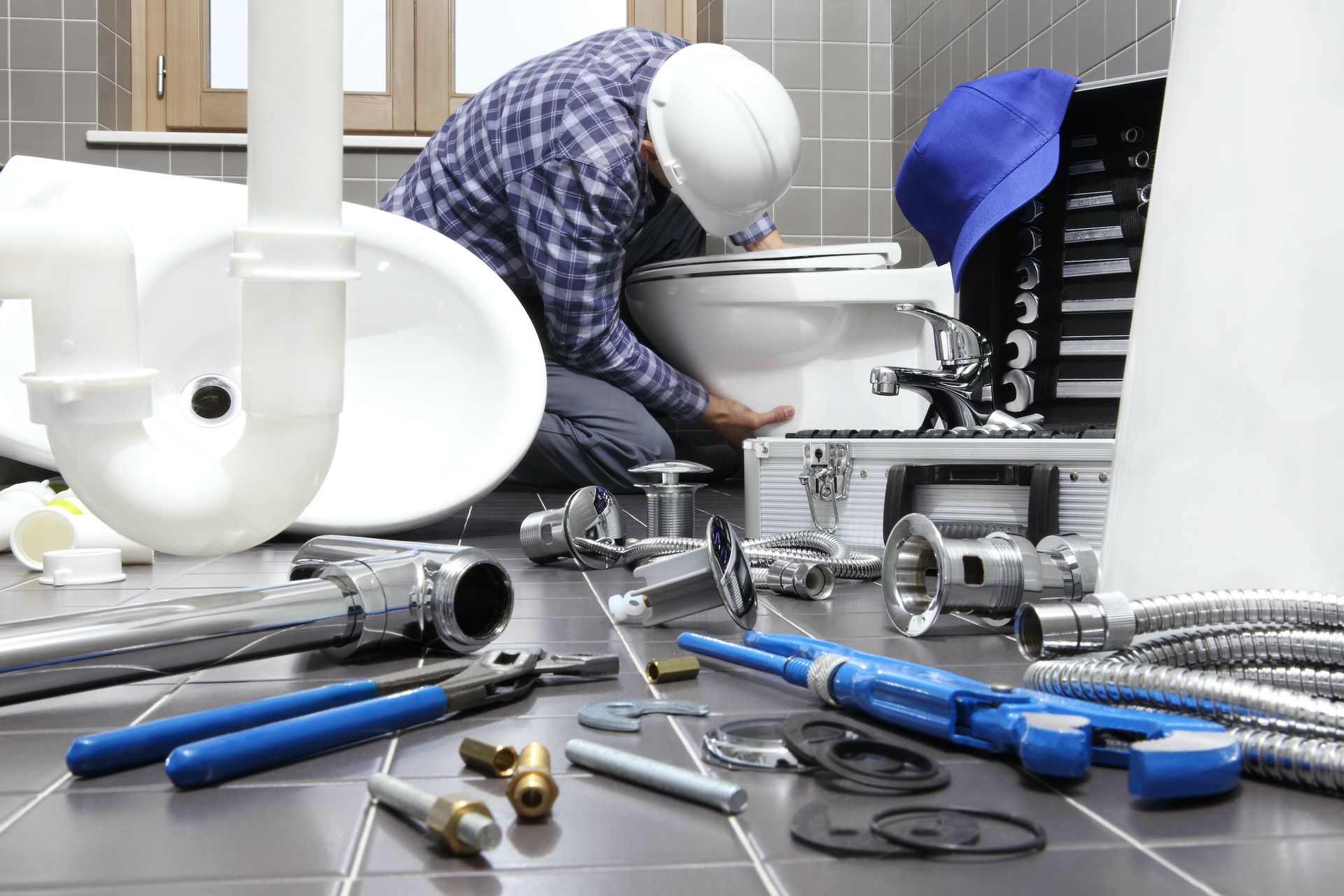
For over three decades, Hurley Plumbing has been providing high-quality commercial plumbing services in the Western Massachusetts area. . We are licensed, bonded, and insured, and we offer a 100% satisfaction guarantee on all of our work. We specialize in commercial plumbing, and we have the skills and experience to handle any job, big or small.
QUICK LINKS
RESOURCES
CONTACT


